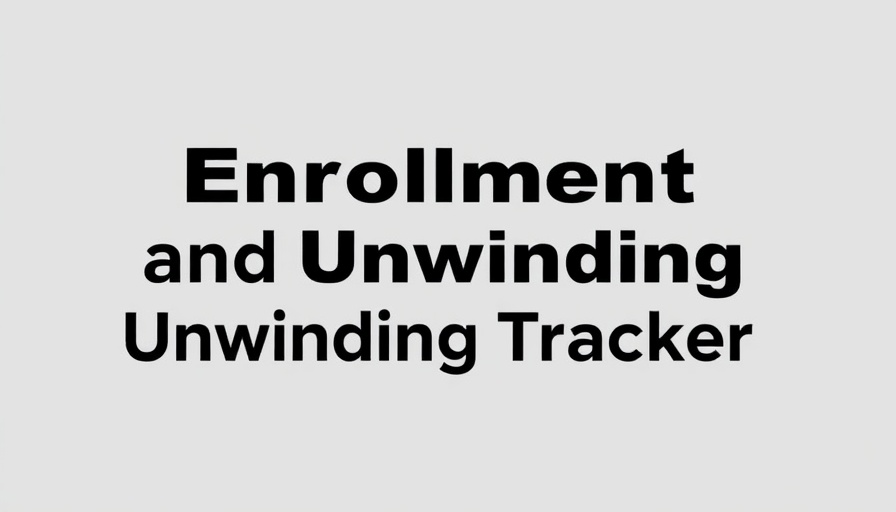
Medicaid Unwinding: What It Means for Millions of Americans
As states unwind the pandemic-era continuous enrollment provision, millions of Americans are finding themselves in a vulnerable position regarding their Medicaid and CHIP coverage. The recent changes in enrollment practices, which began in April 2023, have resulted in significant coverage losses, with many individuals not fully understanding the renewal process or the actions required to maintain their health insurance.
Understanding the Unwinding Process
The Centers for Medicare & Medicaid Services (CMS) initiated the unwinding of Medicaid coverage after it had been paused for three years due to the COVID-19 pandemic. With the continuous enrollment provision ending, states are now required to reassess the eligibility of their Medicaid recipients. This means that millions who previously qualified may face re-determination or risks of being disenrolled for procedural reasons.
Data indicates that by mid-2024, nearly 25 million people had been disenrolled, with a staggering 70% of these disenrollments attributed to paperwork issues rather than changes in eligibility. This highlights essential flaws in the renewal process that states must address to protect coverage for eligible individuals.
The State-Level Response to Unwinding
Each state's approach to unwinding has varied tremendously, leading to inconsistencies across the nation. For instance, North Carolina has managed to keep disenrollment rates relatively lower, partly due to its proactive Medicaid expansion strategies and a focus on ex parte renewals, which allows for automatic verification of eligibility without needing action from enrollees. In contrast, states like Texas and Montana are reporting disenrollment rates as high as 57%, illustrating significant barriers for those attempting to maintain their health coverage.
Efforts to improve the unwinding process are underway, with CMS highlighting states' obligations to utilize ex parte renewals and work to minimize procedural terminations. The challenges faced during the unwinding are prompting calls for greater transparency and accountability, reinforcing the need for states to revamp their approaches to eligibility verification.
The Emotional Impact of Coverage Changes
The emotional burden involved in the unwinding process cannot be overlooked. Many individuals reported feeling anxious and confused about maintaining their health coverage, with substantial gaps in communication leading to uncertainty. Reports suggest that nearly 40% of enrollees who lost Medicaid coverage are unaware of their options for transitioning to marketplace plans or other forms of insurance. The added stress of navigating potentially complex systems without clear guidance exacerbates the situation for countless families.
What Lies Ahead: Future Predictions for Medicaid Coverage
Looking forward, the landscape of Medicaid coverage is expected to evolve as states continue adapting their systems in response to operational challenges. Advocates are pushing for sustained efforts in outreach, particularly to populations most at risk of disenrollment. The need for clearer communication about processes and eligibility criteria is critical to ensure that individuals can proactively engage with the systems in place.
Furthermore, states are now implementing user-friendly eligibility processes and expanding outreach initiatives to lessen the fears surrounding potential gaps in coverage. The upcoming months will be crucial for assessing the effectiveness of these efforts and ensuring that all individuals have access to the care they need.
Take Action: Advocate for Your Coverage
If you or someone you know is affected by the Medicaid unwinding process, it is essential to stay informed about your eligibility and renewal requirements. Reach out to local advocacy groups, utilize available resources, and ensure you complete necessary renewal forms promptly.
As the nation continues to grapple with the effects of these changes, your voice matters in advocating for systemic improvements that support access to health care for all. Together, we can make a difference in bolstering community health and ensuring vital coverage stays intact.
 Add Row
Add Row  Add
Add 




Write A Comment